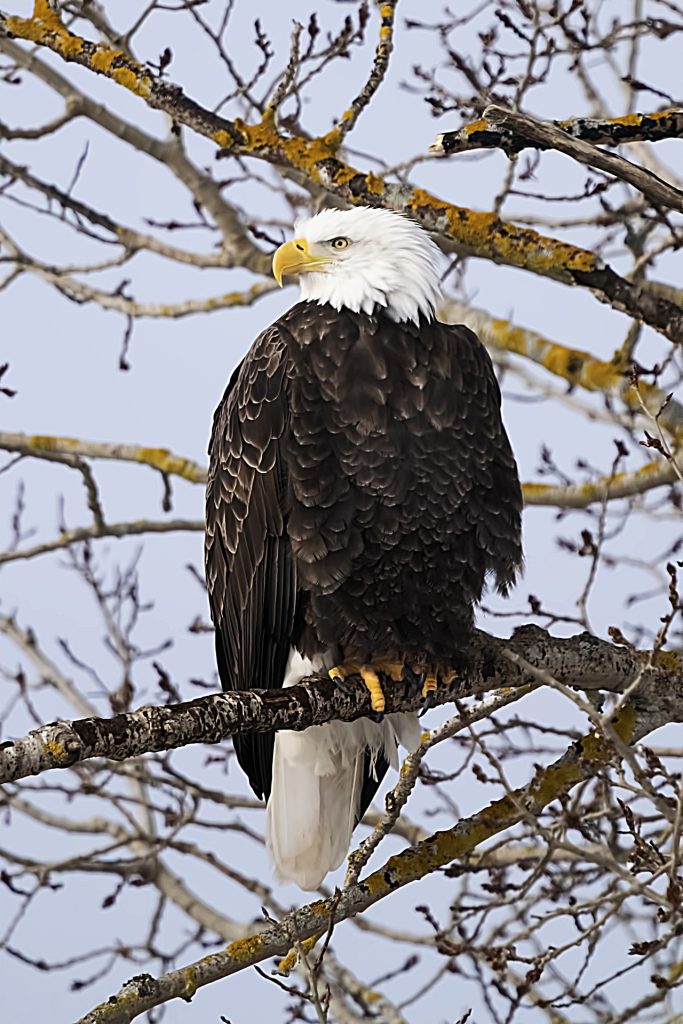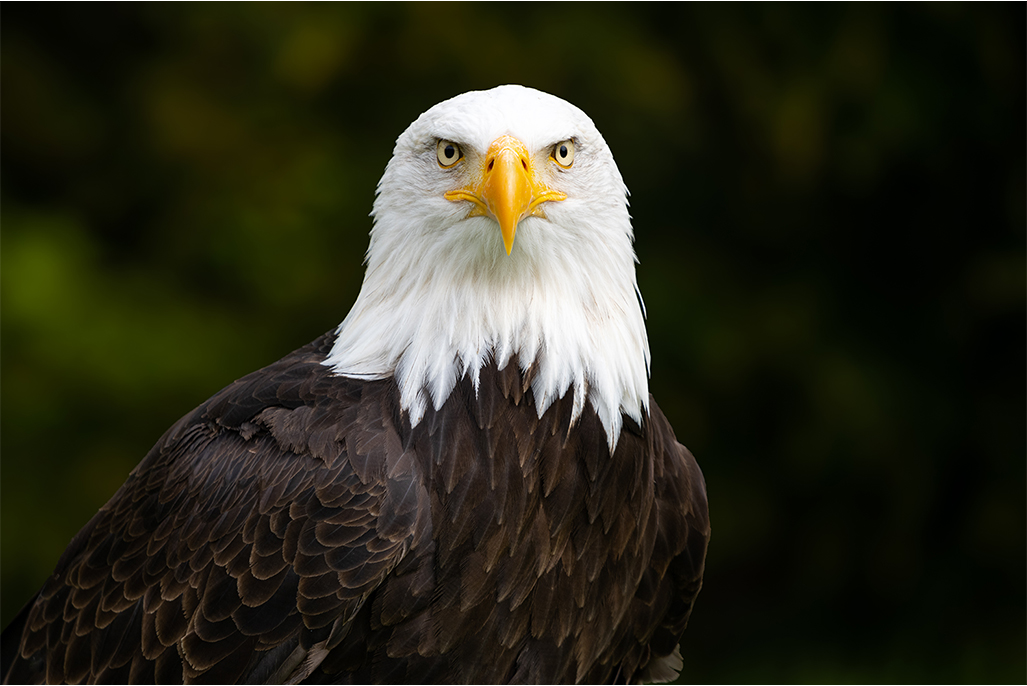The Bald Eagle plays an important role in American society, as it is the national animal and national bird of the United States. It is also featured on the Great Seal of the United States.
National American Eagle Day honors our national symbol and raises awareness for protecting bald eagles. It also helps promote educational outreach and encourages recovery of bald eagles’ natural environments.

Illinois has a growing eagle population, with over 3,100 bald eagles spending the winter in over 27 counties. Eagles are seen in Illinois from December to March, when they migrate north. The best times to view bald eagles in Illinois is during January and February. Only Alaska can claim more wintering American bald eagles than Illinois.
Prime viewing locations include Plum Island, located near Starved Rock State Park on the Illinois River west of Ottawa; and Banner Marsh, located 25 miles southwest of Peoria. Other popular viewing locations are along the Illinois, Des Plaines, Fox, DuPage, and Chicago rivers; and the Illinois and Michigan Canal, Moraine Hills State Park, Volo Bog State Natural Area, and Pleasant Valley Forest Preserve. Look Who’s Here: Bald Eagle Watch is on in Illinois as Winter Population Swells | Chicago News | WTTW
The southwestern part of Illinois near St. Louis also offers prime bald eagle viewing. In early January this year, an Eagle Fest was held in Alton. Areas between Alton and Grafton along the Mississippi River are prime nesting areas for the bald eagles, and the Bald Eagle Days celebration at Pere Marquette State Park offers eagle-sighting options and ranger-led observation drives.

Illinois is home to two main eagle species – the bald eagle and golden eagle. Bald eagles feature a large yellow bill and primarily eat fish. Bald eagles are found all over the state, with the largest population along the Mississippi River. Golden eagles are very large and brown in color. They have a white band on their tail and eat mammals such as squirrels and rabbits, along with birds. Golden eagles are more rare to see in Illinois but can be found along the Mississippi River and Chicago lakefront.
It wasn’t long ago that bald eagles bordered on extinction in the lower 48 states. A population that once was near 100,000 nosedived as eagles were killed on a regular basis due to the perceived threat they posed to salmon and livestock. The Bald Eagle Protection Act was enacted in the 1940s, but an insecticide caused further population decline to under 500 total. After DDT was banned in the early 1970s in the U.S. and Canada, recovery programs were able to prosper.
The Endangered Species Act of 1967 helped the comeback of the bald eagle. The work of conservationists, wildlife agencies, and other citizens aided the bald eagle’s recovery. Those efforts included habitat restoration, the ban on DDT, awareness and education, protection and monitoring, and the adaptability of bald eagles. In 2007, bald eagles were removed from the Endangered Species List.
